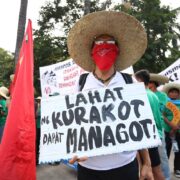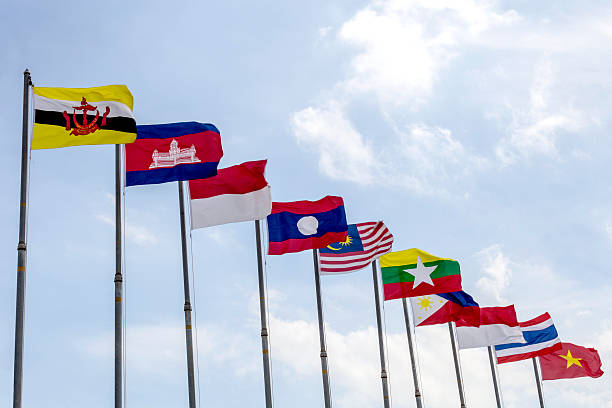PH remittances grew at a faster 3.2% in Aug.

Remittances from overseas Filipinos grew at a faster clip in August, reflecting their resilience amid global headwinds, and likely to remain strong through year’s end as the early onset of the holiday season in the Philippines encourages expatriates to send more money home.
Cash remittances coursed through banks rose by 3.2 percent year-on-year to $2.98 billion, latest data from the Bangko Sentral ng Pilipinas (BSP) showed.
That outpaced July’s annual growth of 3 percent, bringing total remittances for the first eight months to $22.91 billion, up 3.1 percent from a year earlier. The increase keeps the central bank’s full-year forecast of 3-percent growth—equivalent to $35.5 billion—within reach.
Remittances—a key driver of the Philippines’ consumption-led economy—have remained robust despite external risks that could temper growth in host countries, said Robert Dan Roces, chief economist at SM Investments.
A weaker peso, Roces added, may have prompted some expatriates to wire home larger sums, cushioning families from rising costs while taking advantage of favorable exchange rates. This, in turn, helped keep any fluctuations in monthly flows “mild.”
Depreciation
“The weaker peso (and expectation thereof) tends to encourage higher remittances in dollar terms, as recipients gain more local-currency value,” he said.
“Evidence from BSP studies have highlighted the positive role of exchange rate depreciation as a driver of remittances,” he added.
The United States remained the single largest source of remittances in the January-to-August period, accounting for 40.4 percent of the total, the central bank said. But that figure comes with a caveat: many remittance centers abroad route their transfers through correspondent banks based in the US, inflating America’s share.
Trailing far behind were Singapore, which contributed 7.1 percent, and Saudi Arabia, accounting for 6.3 percent of inflows—reflecting the enduring strength of Filipino migrant communities across both Asia’s financial hubs and the Middle East’s labor markets.
Roces said he expects the trend to persist in the coming months as seasonal inflows pick up and overseas Filipinos send early Christmas remittances, a familiar surge that often brightens both household spending and economic data as the year draws to a close.
“The ‘ber’ months (September to December), when remittances traditionally rise, may buoy the remainder of the year,” he said.





















